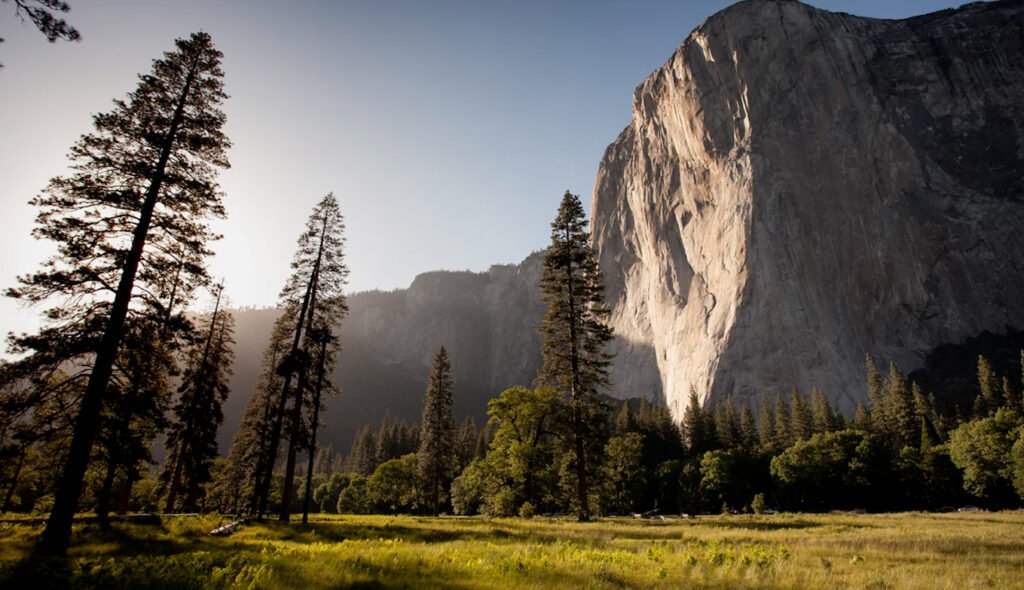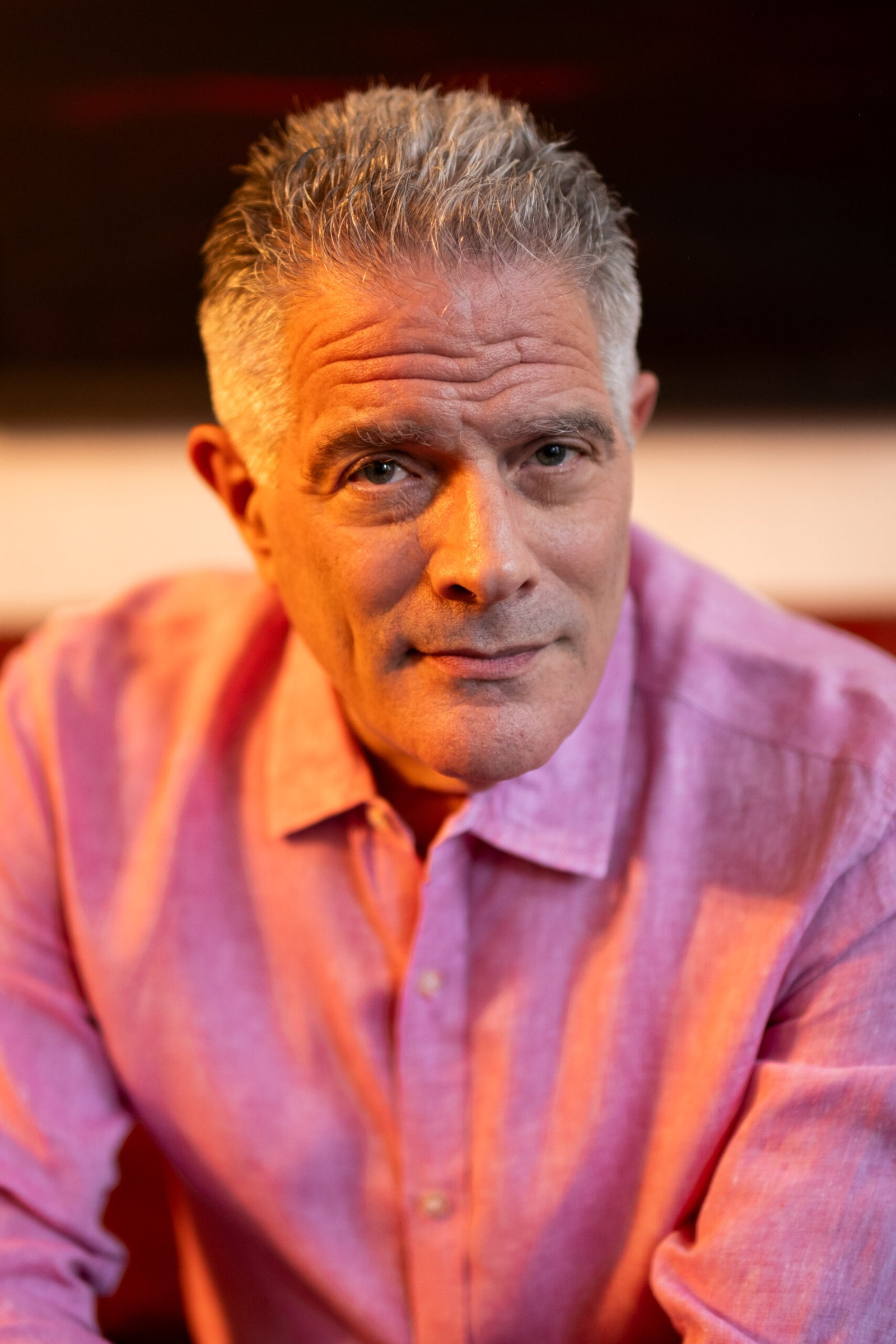Lately, the political world has crept into my office with more intensity than I’ve seen in years. Not as headline talk, but as atmosphere. It settles in like fog—rage for some, quiet despair for others. A few days ago, Donald Trump posted an unhinged screed defending Pam Bondi while claiming the Epstein files were a plot by Obama, Hillary Clinton, and the “Radical Left.” It was widely reported, and widely ignored—because how much more can anyone absorb?
But inside the therapy room, the effects are visible. One patient, still suffering the brutal impact of Long COVID and a childhood of institutional abuse, told me the national mood feels like “that lead blanket they used to restrain me in the psych ward.” Another, with a hollow laugh, said, “It brings back the despair I first felt when I became ‘the weirdo’—when I entered my blended family and my father made me fend for myself with my abusive stepmother.”
Even those who don’t name Trump speak of something jagged. A transgender man has retreated into online subcultures of fashion and fantasy. Others describe a numb fatigue—not just with the news, but with the sense that the ground beneath them is shifting and no one is at the helm.
They’re not wrong. We’re living through the unraveling of a civic holding environment. In therapy, that term means the emotional space that allows someone to feel safely, without being abandoned. Many patients feel as if that space—culturally, nationally—has ruptured.
So how do we keep going?
Some are finding solace in tiny rituals. Walking the dog. Journaling. Listening to the same album on repeat. Not distractions—anchors. Small acts of coherence that give the nervous system something solid.
Others are returning to shared rhythms. A standing coffee date. A silly show watched with a friend across time zones. We are bodies in time. And rhythm is refuge.
And some let someone in. A friend, a sibling, an old colleague. They speak not just of being tired, but what the tiredness feels like. That honesty opens something. It reminds them that disconnection isn’t destiny.
Finally, metaphor helps. I often ask: how deep do you think a redwood’s roots go? The answer: only five feet. But they spread wide—and they intertwine with the roots of other trees. That’s how the forest stands. Not through strength alone, but through connection. That’s us too.
As for me? Some nights, I self-soothe with reruns of Leave It to Beaver. (Yes, really.) The slow pace. The surprisingly soulful father. The bond between the brothers. There’s comfort in remembered steadiness, even when the world feels upside down.
This moment isn’t forever. But it is real. And we’re still here. Together.
Announcement bar that can be easily closed, turned off or changed.

